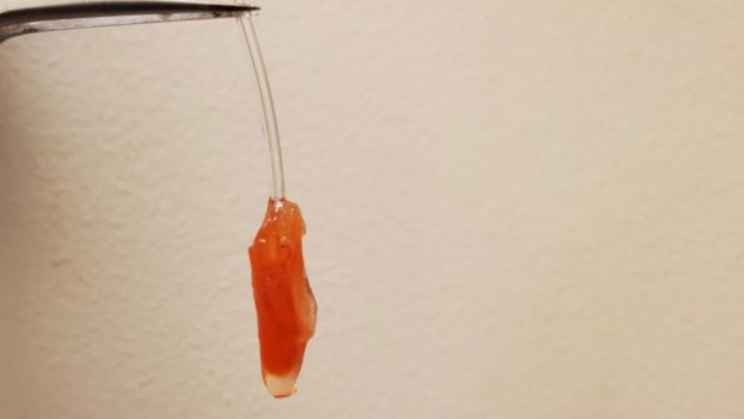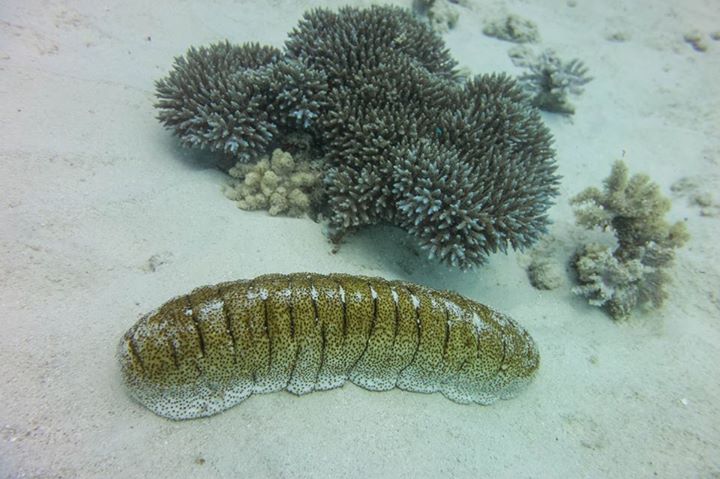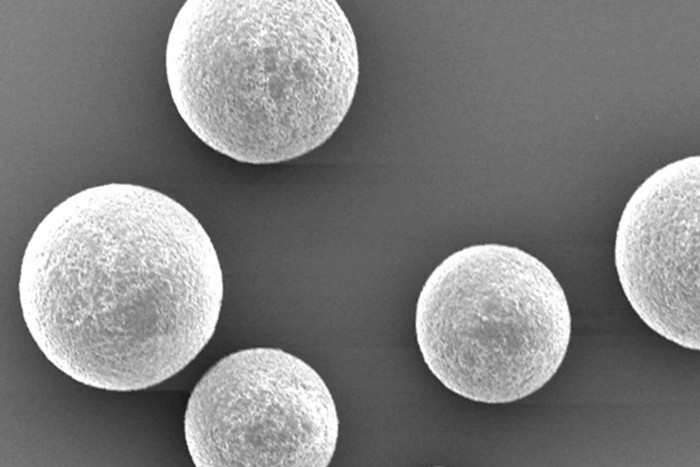The University of Toronto Engineering researchers have grown a miniature model of the left ventricle of the human heart. Researchers developed it using living heart cells and guess what? It also beats and even pumps fluid inside a bioreactor.
Worldwide heart problems are responsible for nearly 18 million deaths each year. With this lab-grown model, researchers foresee that they will get a new way to study different heart diseases.
Researchers considered recreating the left ventricle. This is because the left ventricle pumps freshly oxygenated blood into the aorta, and from there into the rest of the body.
How a miniature heart was created
Researchers created the miniature heart using a mix of synthetic and biological materials. They acquired cells from the cardiovascular tissues of young rats. The cells were then grown on a scaffold printed out of a polymer with grooves for directing the tissue’s growth.
Milica Radisic, the senior author, a chemist from the University of Toronto, said, “With these models, we can study not only cell function, but tissue function and organ function, all without the need for invasive surgery or animal experimentation,”
“We can also use them to screen large libraries of drug candidate molecules for positive or negative effects.”
At present, the tissue created by scientists can merely generate 5% of the ejection pressure a human heart can create. Moreover, the present model has just three layers but human hearts have eleven layers of muscle cells.
However, researchers foresee that in the future, they can scale up their tissue.
This research was published in Advanced Biology.







